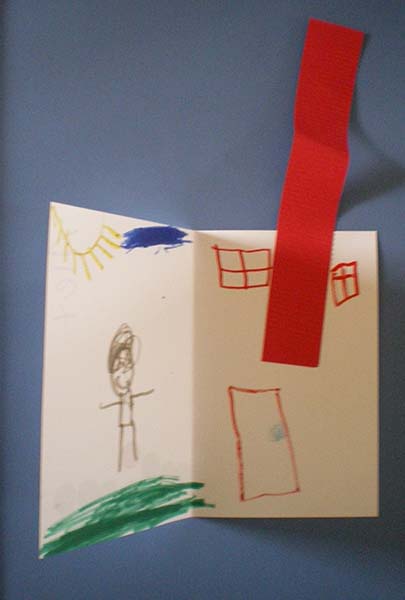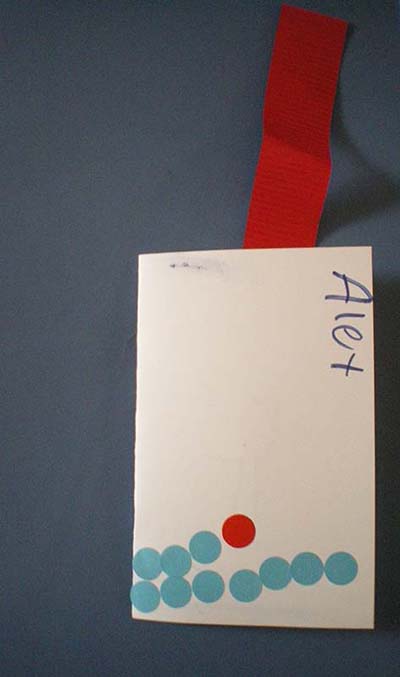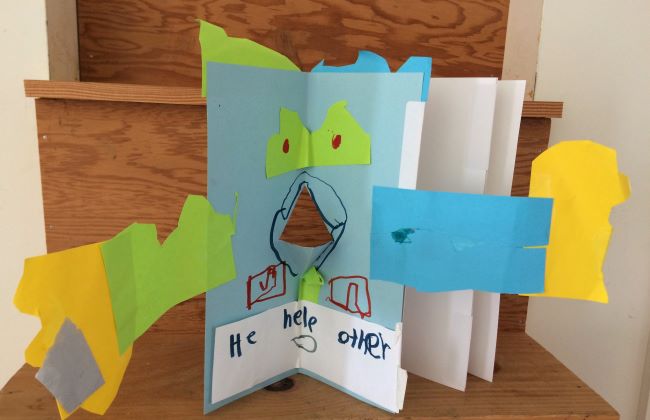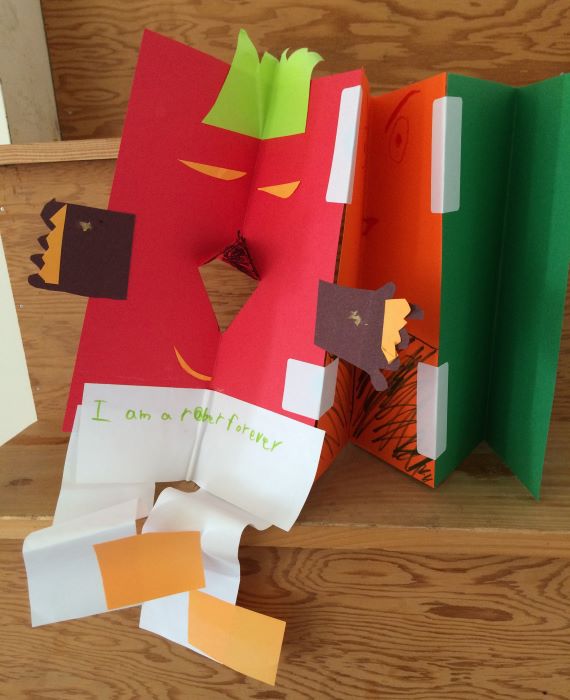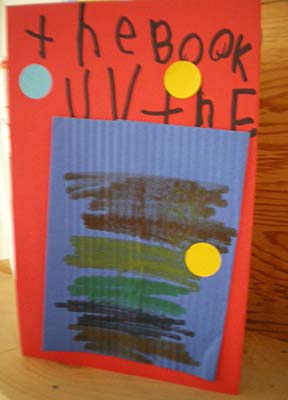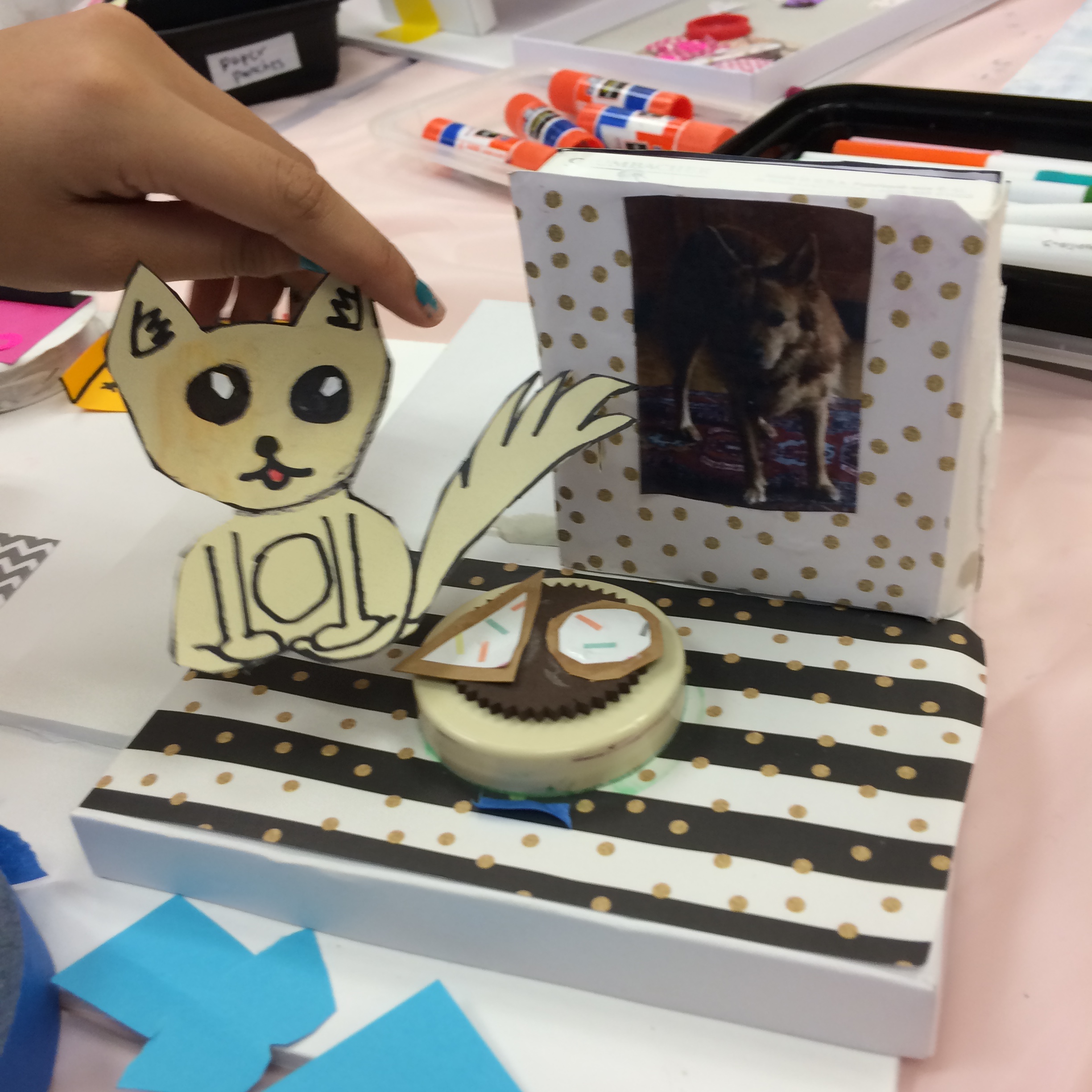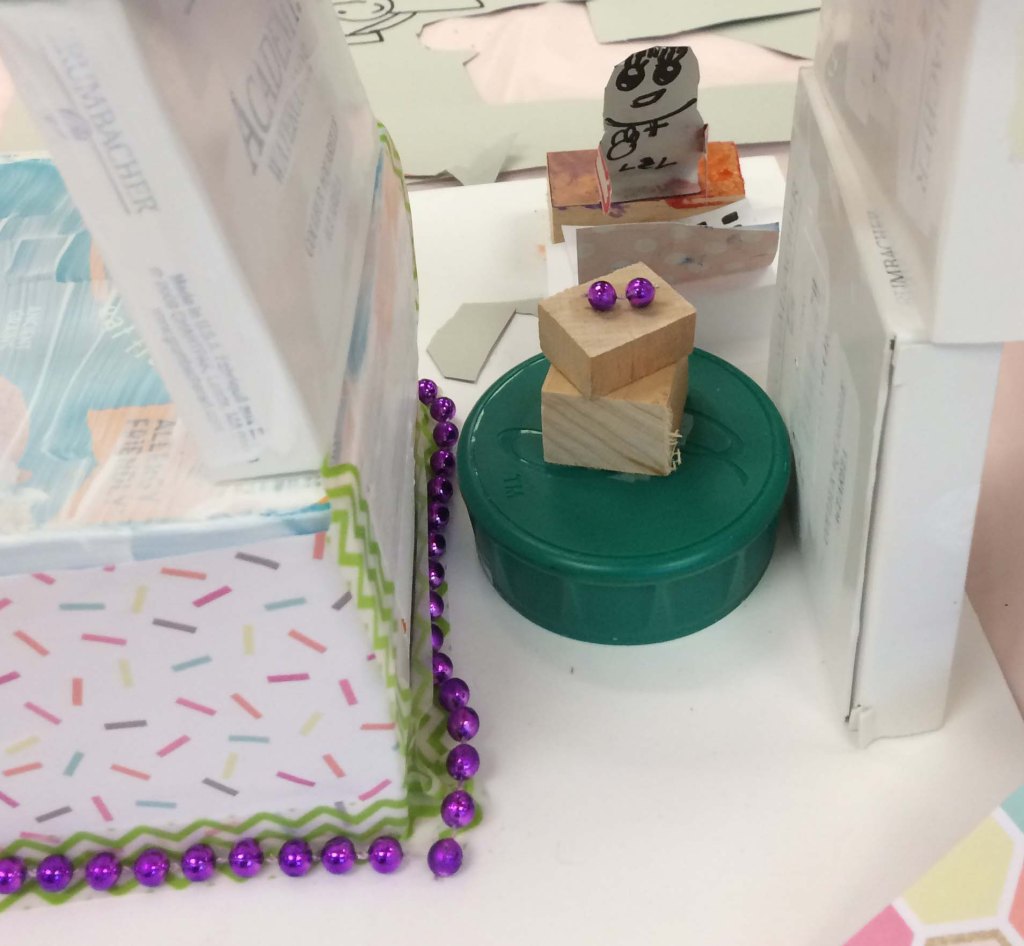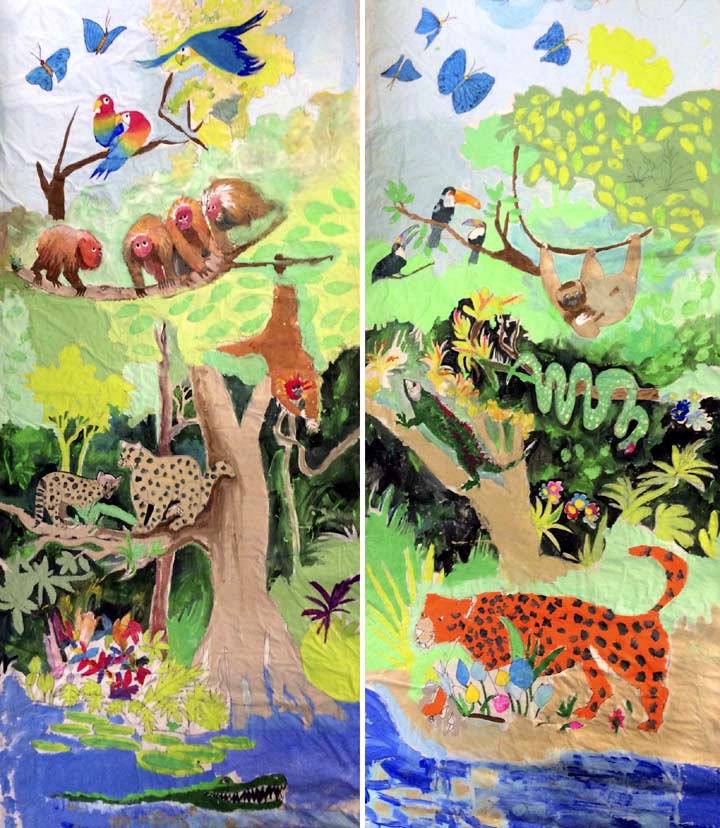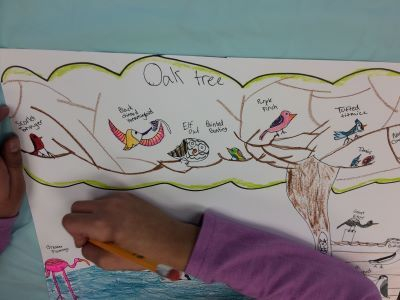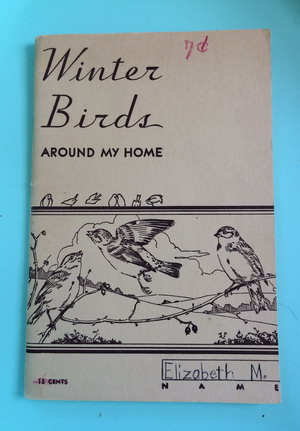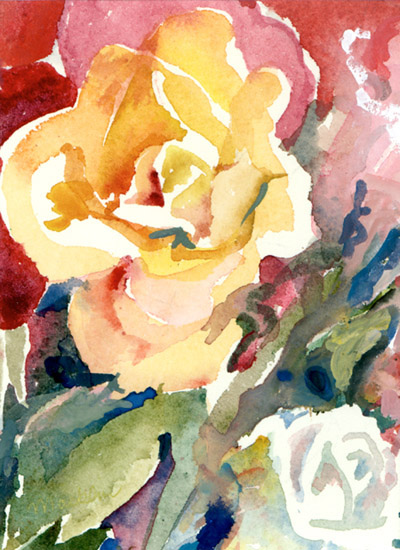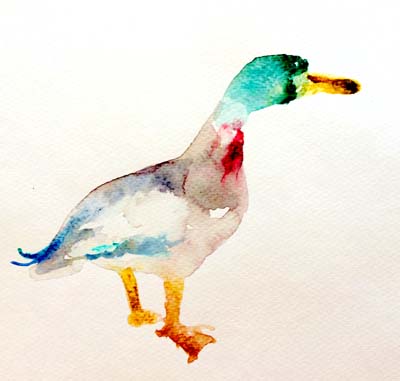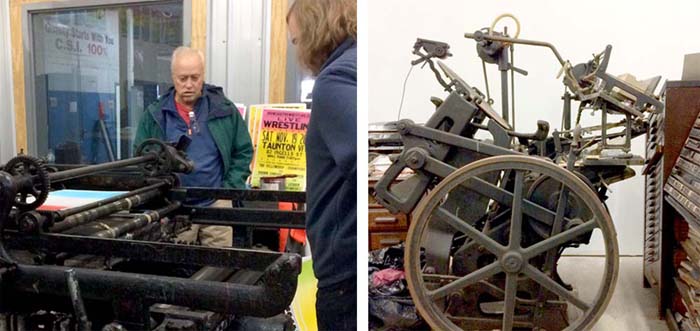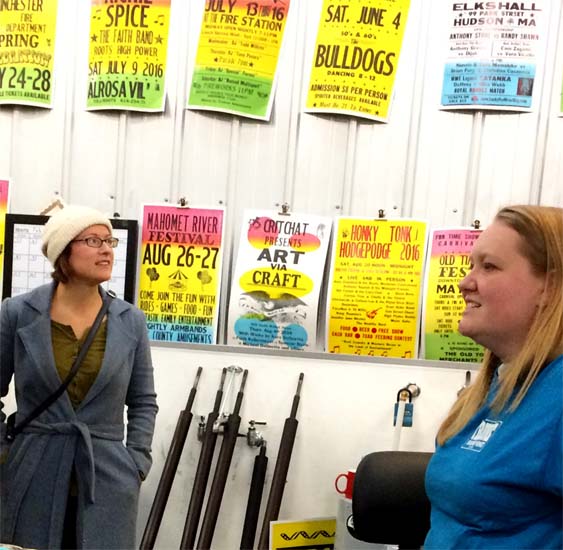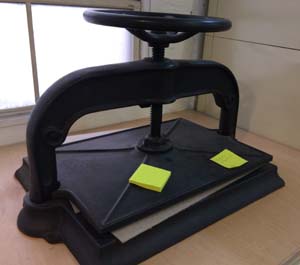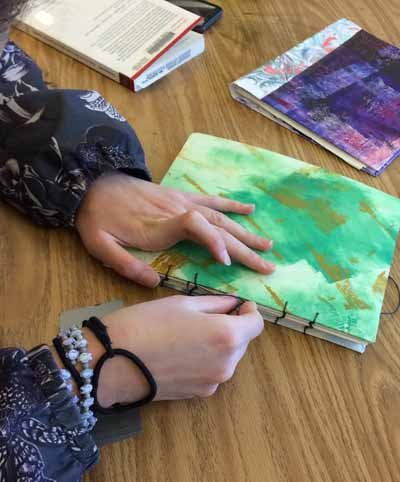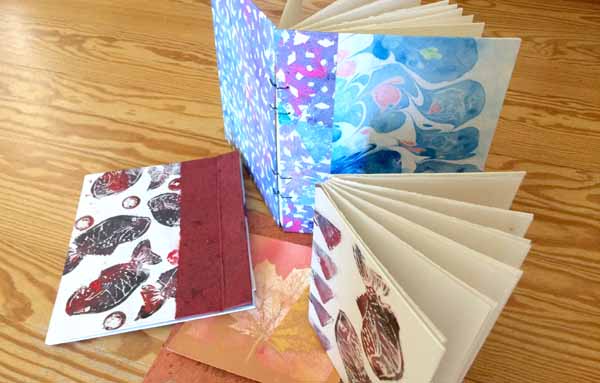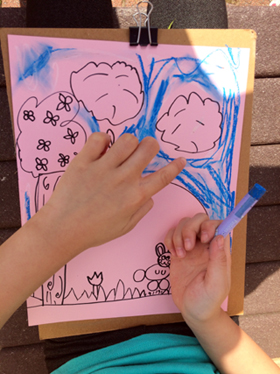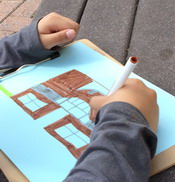Summer — Silence
Winter would seem to have a lock silence —
the snow quieting the fields across the countryside,
muffling even big city sounds and rounding off rough edges.
But silence is big enough to hold all seasons,
and has a special place for summer —
ocean, waterfall, and subway tunnel, yes,
and not only on top of whatever barns remain
on prairies or in mountain valleys —
but deep in the city, up on the tar beach rooftops
of Manhattan,
Queens, Brooklyn, the Bronx —
maybe even Staten Island.
Where a kid goes to hear the stars,
their voices need no words.
from The Four Seasons by John Clarke
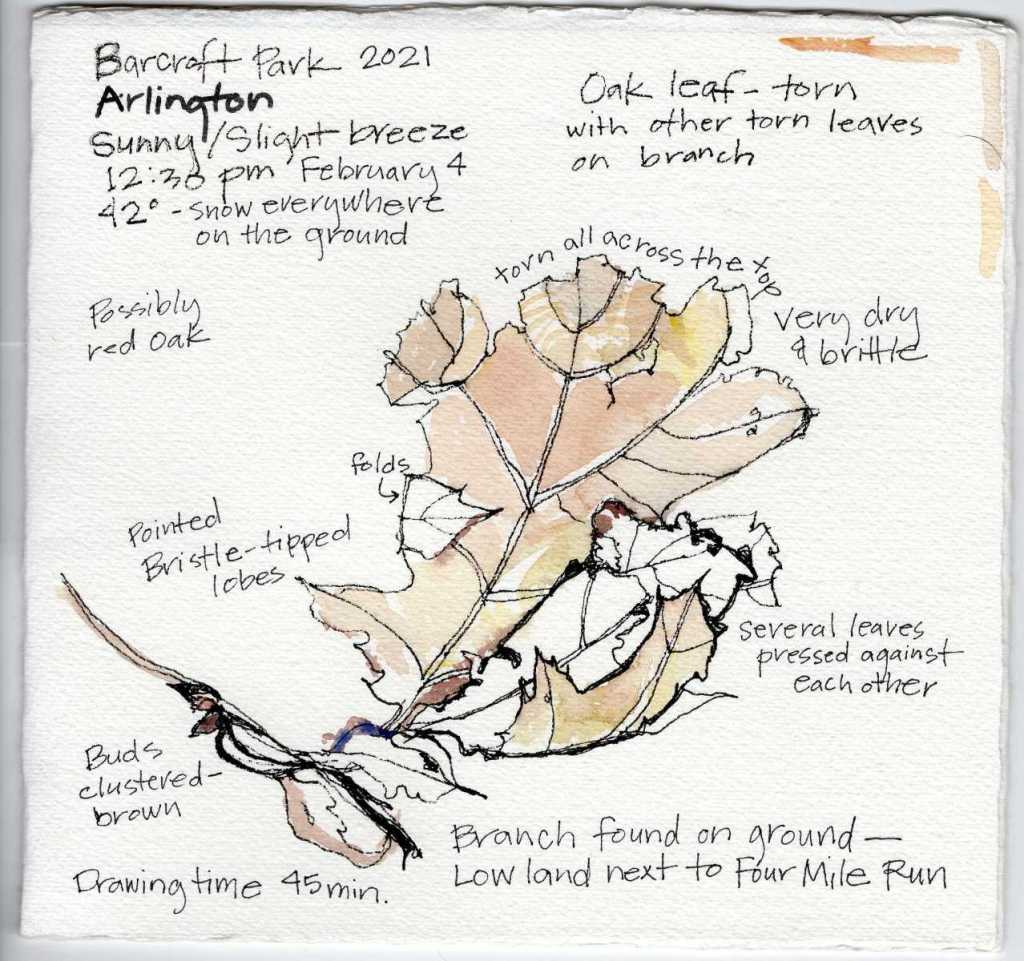
Only a few weeks ago, I met a group of Arlington Regional Master Naturalists to talk about journals inspired by nature. To prepare I headed to Barcroft Park, the site of our March field trip. The trail, covered with snow, wound past a seep bordered by tall trees. Quiet prevailed.
Our leader Jan had pointed me to the work of John Muir Laws, biologist, artist and journal mentor. Laws advises beginners to include numbers, words and pictures in journal entries. Near the path, I found a branch with dry leaves. It was just the right place and just enough of a specimen to start my notes. I recorded time and temperature. I described features like color, shape and location, and I finished a quick sketch.
Jan stressed that journals can be exclusively written work, too. That brought to mind autumn meetings with a group of poets and visual artists at Fort C.F. Smith Park. The year? Possibly 2004. My friend John Clarke shared a poem at each session. I thought of John, as I heard rumbles of automobiles and leaf blowers and beyond that, the calls of crows and the trills of other birds, perhaps sparrows, in the trees above. Further up the path, I reached the playground of a school deserted through the winter — a pandemic silence, broken only by brief tapping by a woodpecker.
Taking in the sunshine, I decided that the best journal was one that you enjoy working on!
Read the complete text of John Clarke’s The Four Seasons —

